Home>Dining>Tableware>What Is The Standard Length Of Dining Table Legs?
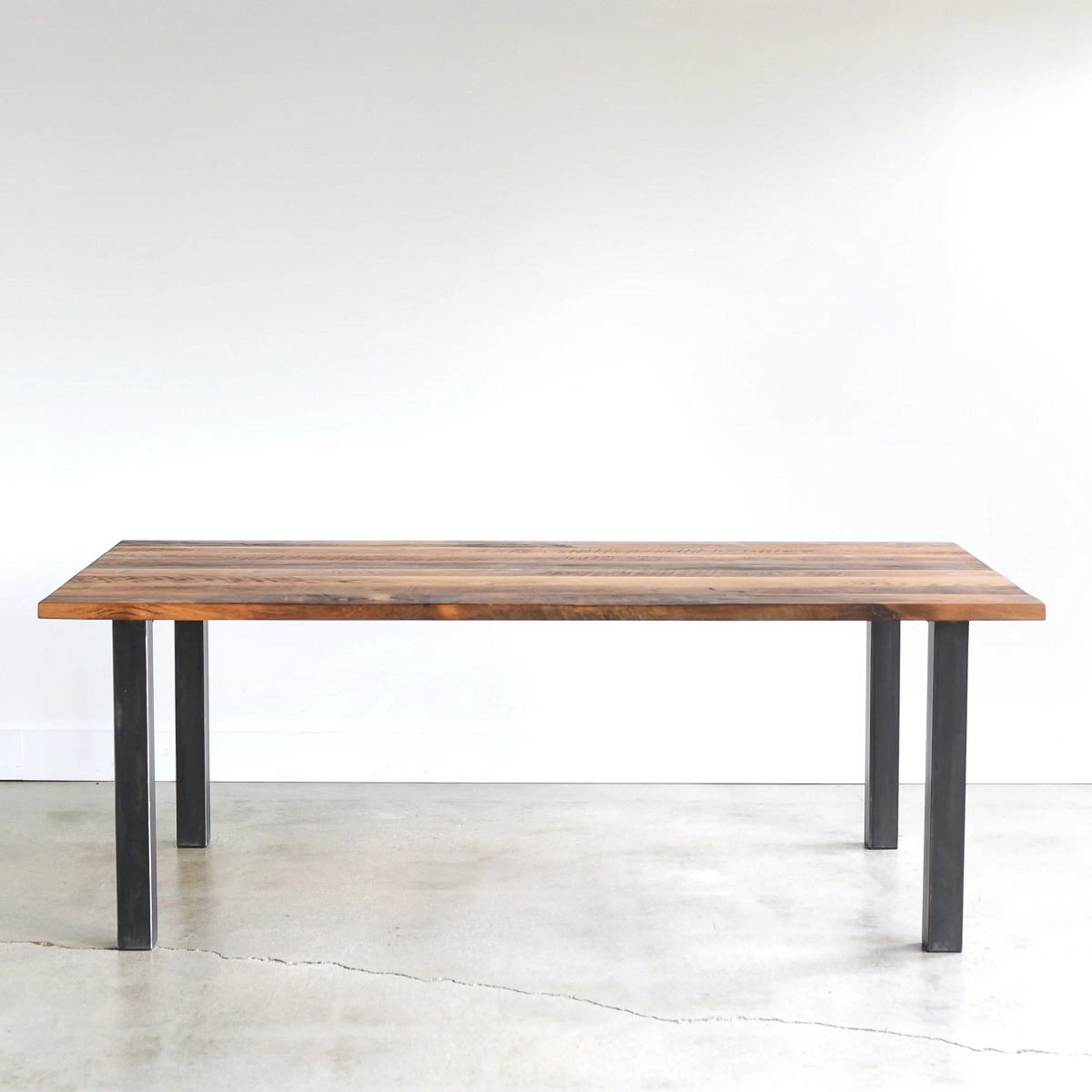

Tableware
What Is The Standard Length Of Dining Table Legs?
Modified: January 24, 2024
Discover the ideal length for dining table legs and explore the standard dimensions. Find the perfect tableware for your dining room with our detailed guide.
(Many of the links in this article redirect to a specific reviewed product. Your purchase of these products through affiliate links helps to generate commission for Storables.com, at no extra cost. Learn more)
Introduction
When it comes to furnishing your dining space, one important factor to consider is the length of the dining table legs. The length of the legs plays a crucial role in determining the overall functionality and aesthetics of the table. Whether you’re hosting casual family dinners or elegant dinner parties, having the right leg length can greatly enhance the dining experience.
In this article, we will explore the various factors to consider in determining the dining table leg length, the standard height for dining tables, common styles of dining table legs, the importance of proper leg length, and provide some helpful tips for choosing the right leg length for your dining table.
So, if you’re ready to dive into the world of tableware and all things dining, let’s get started!
Key Takeaways:
- The standard height for dining tables is around 30 inches, but considering factors like chair height, tabletop thickness, and usage can help determine the optimal leg length for a comfortable and visually appealing dining experience.
- Choosing the right leg length is crucial for comfort, stability, and visual appeal. Factors such as chair height, tabletop thickness, and style should be considered, and trying out different leg lengths or seeking professional advice can aid in making the best decision.
Factors to Consider in Determining Dining Table Leg Length
Choosing the right leg length for your dining table involves considering multiple factors. Here are some key factors to keep in mind:
- Table Height: The height of your dining table is one of the primary factors to consider when determining leg length. A standard dining table height is around 30 inches (76 centimeters). However, if you have a different height preference or unique requirements, you may need to adjust the leg length accordingly.
- Chair Height: The height of the chairs that will be used with the dining table is crucial. The legs should be long enough to provide comfortable seating, allowing enough clearance for the legs to fit comfortably beneath the tabletop. Typically, the chair height should be around 18 inches (46 centimeters) from the floor to the top of the seat.
- Tabletop Thickness: The thickness of the tabletop can affect the overall appearance and stability of the table. If you have a thicker tabletop, you may need longer legs to maintain the appropriate height and balance.
- Style and Design: The style and design of your dining table will also influence the leg length. If you have a modern or minimalist table, shorter legs may be more suitable. On the other hand, if you have a traditional or farmhouse-style table, longer legs may add to the overall aesthetic appeal.
- Usage and Comfort: Consider how you plan to use the dining table. If you frequently entertain guests or have large gatherings, having slightly longer legs can provide additional legroom and comfort. Conversely, if you have a smaller space or prefer a cozy atmosphere, shorter legs may be more appropriate.
By taking these factors into account, you can determine the optimal leg length that meets your specific needs and preferences. Remember, finding the right balance between functionality and style is key to creating a dining space that is both visually appealing and comfortable for everyone.
Standard Height for Dining Tables
When it comes to dining tables, there is a general standard height that is widely accepted. The standard height of a dining table is typically around 30 inches (76 centimeters). This height allows for comfortable seating and provides enough space for diners to sit and eat without feeling too cramped.
However, it’s important to note that the standard height can vary slightly depending on cultural norms and personal preferences. Some individuals may prefer a slightly higher or lower dining table height to cater to their specific needs or design preferences.
Here are a few things to keep in mind regarding standard dining table height:
- Chair Clearance: When determining the table height, it’s essential to consider the clearance between the tabletop and the chairs. Aim for a clearance of around 12 inches (30 centimeters) from the top of the seat to the bottom of the table apron. This allows diners to comfortably slide in and out from the table without feeling cramped.
- Ergonomics: The standard height for dining tables is designed with ergonomics in mind. It ensures that diners can sit at a comfortable height, allowing them to reach their plates and utensils without straining or feeling uncomfortable. A well-balanced dining experience can significantly contribute to the enjoyment of meals and conversations around the table.
- Uniformity: Choosing a standard height for dining tables can also make it easier to match chairs and other dining room furniture. It allows for consistency in the overall design and visual appeal of the space. When all the pieces are proportionate to each other, it creates a harmonious and cohesive look.
While the standard height is a useful guideline, it’s important to consider other factors as well, such as the specific needs of your household and the style of the dining table. Ultimately, finding a height that suits your preferences and ensures comfortable seating for all is key to creating an inviting and functional dining area.
Common Styles of Dining Table Legs
When it comes to dining table legs, there are various styles to choose from, each offering its unique aesthetic and functionality. Here are some common styles of dining table legs that you may come across:
- Straight Legs: Straight legs are simple and straightforward in design. They offer clean lines and a minimalist look, making them suitable for modern and contemporary dining tables. Straight legs can be made from wood, metal, or even acrylic, depending on the desired style.
- Tapered Legs: Tapered legs are wider at the top and gradually narrow down towards the bottom. This style adds an elegant and sophisticated touch to dining tables. Tapered legs are often used in mid-century modern or Scandinavian-inspired designs.
- Curved Legs: Curved legs, also known as cabriole legs, are characterized by their elegant curves and graceful shape. They add a touch of elegance and traditional charm to dining tables, making them perfect for formal and classic interior styles.
- Pedestal Legs: Instead of having four individual legs, pedestal legs feature a central support column that provides stability. Pedestal legs come in various designs, such as a single column or multiple interconnected supports. This style is versatile and can work well with both round and rectangular dining tables.
- Hairpin Legs: Hairpin legs have gained popularity in recent years, thanks to their retro and industrial appeal. They are characterized by their thin, metal rod-like design, forming a simple and geometric look. Hairpin legs provide a minimalist and modern touch to dining tables, especially when paired with a sleek tabletop.
These are just a few examples of the many styles available for dining table legs. Remember that the style of the legs can greatly impact the overall look and feel of your dining space. Consider the existing decor, theme, and your personal preferences when choosing the style that best complements your dining table and enhances your overall interior design.
When choosing dining table legs, the standard length is around 28-30 inches. However, consider the height of your chairs and the thickness of the tabletop for the best fit.
The Importance of Proper Dining Table Leg Length
Choosing the right leg length for your dining table is more than just a matter of aesthetics; it greatly influences the overall functionality and comfort of the dining experience. Here’s why proper dining table leg length is important:
- Comfort: The right leg length ensures optimal comfort for diners. If the legs are too short, diners may feel cramped and have limited legroom, leading to discomfort during meals. On the other hand, if the legs are too long, diners may have difficulty reaching their food, causing strain and discomfort. Finding the right balance in leg length ensures a comfortable dining experience for everyone.
- Proper Posture: The correct leg length promotes proper sitting posture. When the table is at the appropriate height, diners can maintain good posture, with their feet flat on the floor and their knees at a comfortable angle. This helps prevent back and neck strain, allowing for a more enjoyable and relaxed dining experience.
- Stability: The right leg length ensures the stability and balance of the dining table. If the legs are too short, the table may wobble or feel unstable, which can be both annoying and potentially dangerous. Proper leg length provides a solid foundation, ensuring that the table remains steady, even when pressure is applied or when items are placed on top.
- Visual Appeal: The leg length of a dining table also contributes to its overall visual appeal. A well-proportioned table with the appropriate leg length enhances the aesthetic value of the dining space. It creates a harmonious and balanced look, complementing the style and design of the room.
- Functionality: The proper leg length ensures that the dining table meets its intended functional purposes. Whether it’s hosting family meals, entertaining guests, or using the table for various activities, having the right leg length ensures that the table serves its purpose effectively and efficiently.
Considering the importance of proper leg length, it is crucial to carefully choose the leg length that suits your specific needs and preferences. Take into account the factors we mentioned earlier, such as table and chair height, tabletop thickness, style, and intended usage, to ensure that your dining table provides maximum comfort and enjoyment for all who gather around it.
Read more: What Is The Length Of A Standard Brick
Tips for Choosing the Right Dining Table Leg Length
Choosing the right leg length for your dining table can greatly impact its functionality and overall design. Here are some tips to help you make the best decision:
- Measure the Chair Height: Start by measuring the height of your dining chairs. Ensure that there is enough clearance between the seat height and the table’s underside, allowing diners to comfortably slide in and out. Aim for a clearance of around 12 inches (30 centimeters) for optimal comfort.
- Consider Tabletop Thickness: If your dining table has a thicker tabletop, you may need longer legs to maintain a balanced proportion. Be mindful of the thickness when determining the leg length to ensure that the table remains visually appealing and stable.
- Think about Intended Usage: Consider how you plan to use the dining table. If you frequently host large gatherings or have a spacious dining area, longer legs can provide extra legroom and accommodate more people comfortably. For smaller spaces or cozy atmospheres, shorter legs may be more practical.
- Match the Style and Design: Take into account the style and design of your dining table. Choose leg lengths that complement the overall look and feel of the table. For example, if you have a modern table, sleek and shorter legs may be more suitable. On the other hand, if your table has a traditional or rustic style, longer and more ornate legs might be a better fit.
- Try Before You Buy: Whenever possible, try out a dining table with different leg lengths before making a final decision. Sit at the table and assess the comfort and functionality. This hands-on approach allows you to visualize how the table will feel in your space and make any necessary adjustments.
- Consult a Professional: If you’re uncertain about choosing the right leg length or if you have unique requirements, consider consulting a professional interior designer or furniture specialist. They can provide expert guidance and ensure that the leg length aligns with your specific needs and preferences.
Remember, finding the right leg length is essential for creating a comfortable and functional dining space. It’s worth taking the time to consider the various factors mentioned above and explore different options to ensure that your dining table meets your expectations and enhances your overall dining experience.
Conclusion
The length of dining table legs plays a crucial role in the functionality, comfort, and aesthetic appeal of your dining space. By considering factors such as table height, chair height, tabletop thickness, style, and intended usage, you can choose the right leg length that suits your specific needs and preferences.
Optimal leg length ensures comfortable seating and proper posture, allowing for an enjoyable dining experience. It provides stability to the table, preventing wobbling or instability, and contributes to the overall visual appeal of the dining area.
Remember to measure the chair height, consider the tabletop thickness, and match the leg style with the design of your dining table. Taking the time to try out different leg lengths and seeking professional guidance can also help in making the right decision.
Whether you prefer straight, tapered, curved, pedestal, or hairpin legs, finding the perfect leg length is essential for creating a dining space that is both functional and visually pleasing. It enhances the comfort of your guests, promotes proper sitting posture, and ensures that the table serves its intended purpose effectively.
So, take these tips into account, embrace your personal style, and create a dining space where unforgettable meals and moments can be shared with family and friends.
Remember, the right leg length can make all the difference!
Frequently Asked Questions about What Is The Standard Length Of Dining Table Legs?
Was this page helpful?
At Storables.com, we guarantee accurate and reliable information. Our content, validated by Expert Board Contributors, is crafted following stringent Editorial Policies. We're committed to providing you with well-researched, expert-backed insights for all your informational needs.
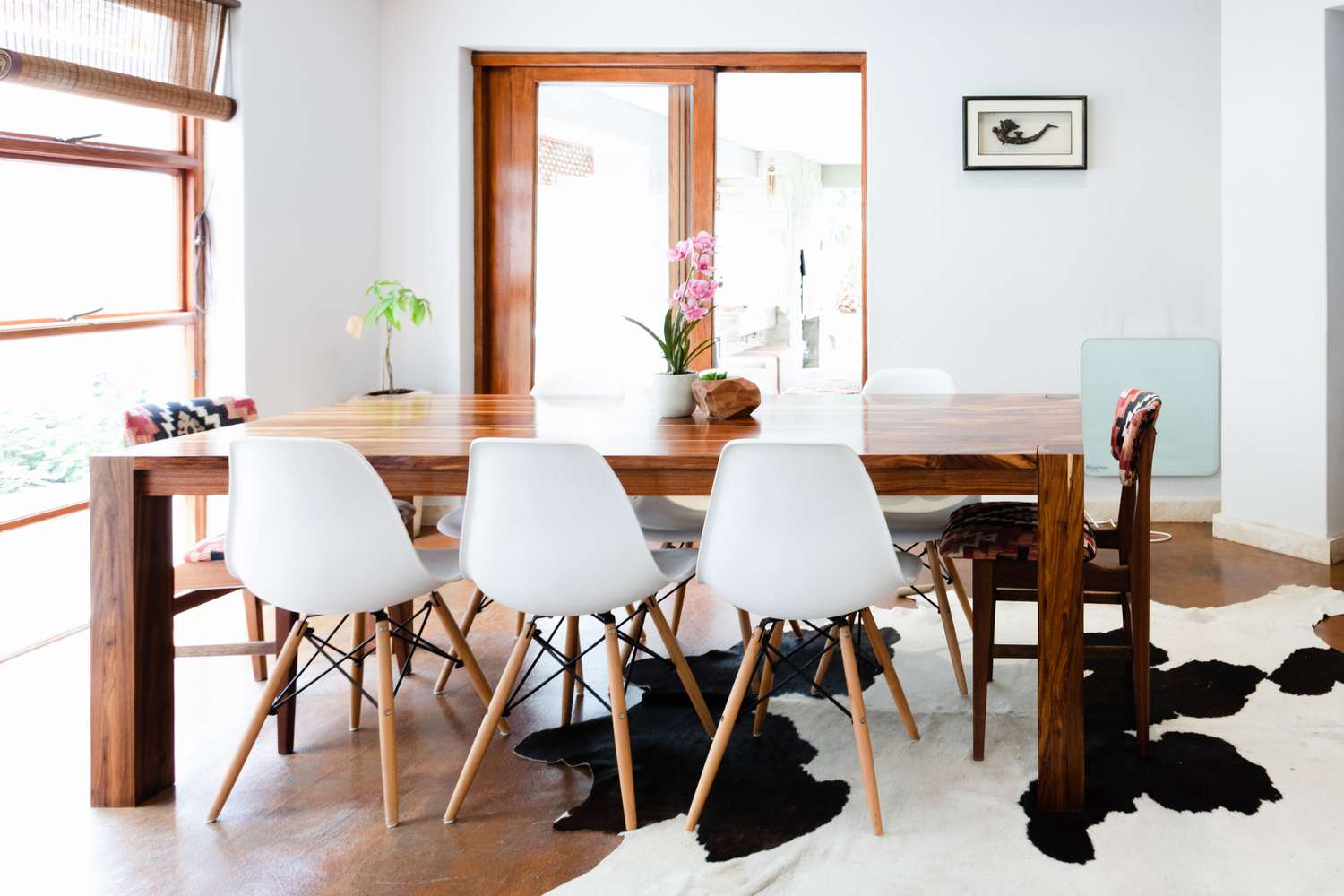
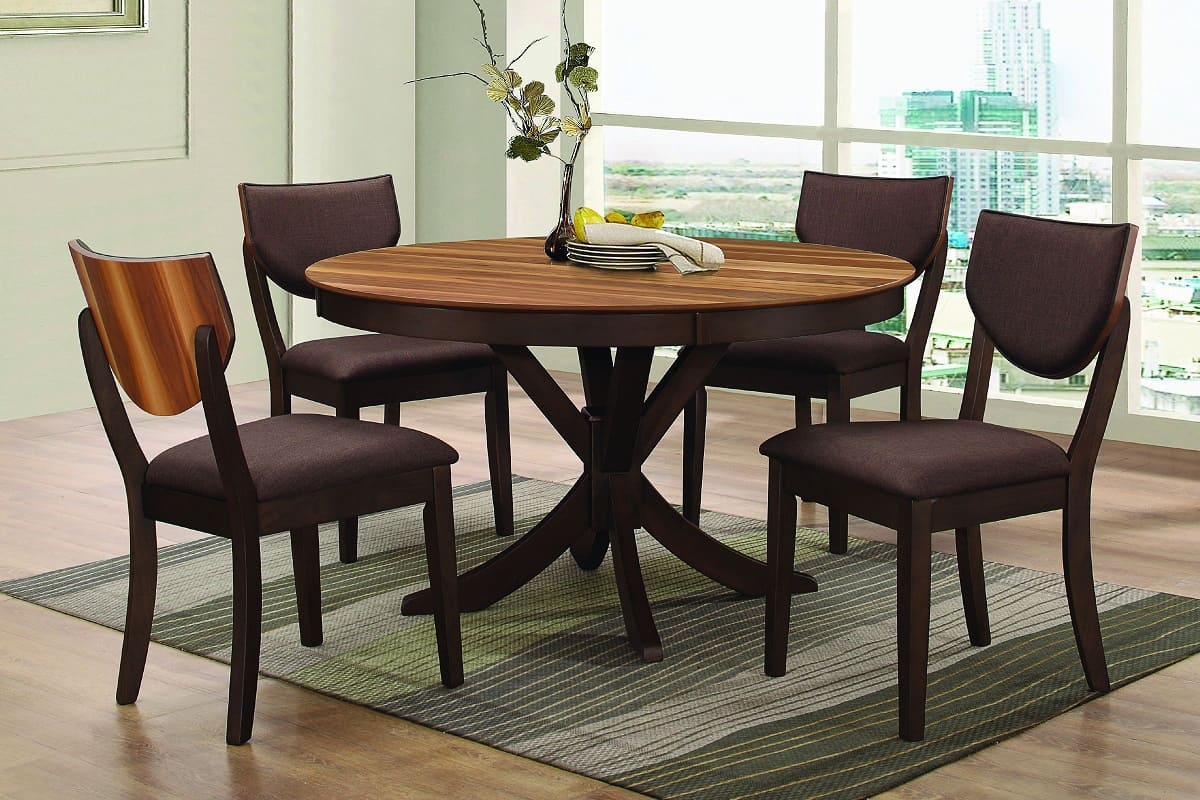
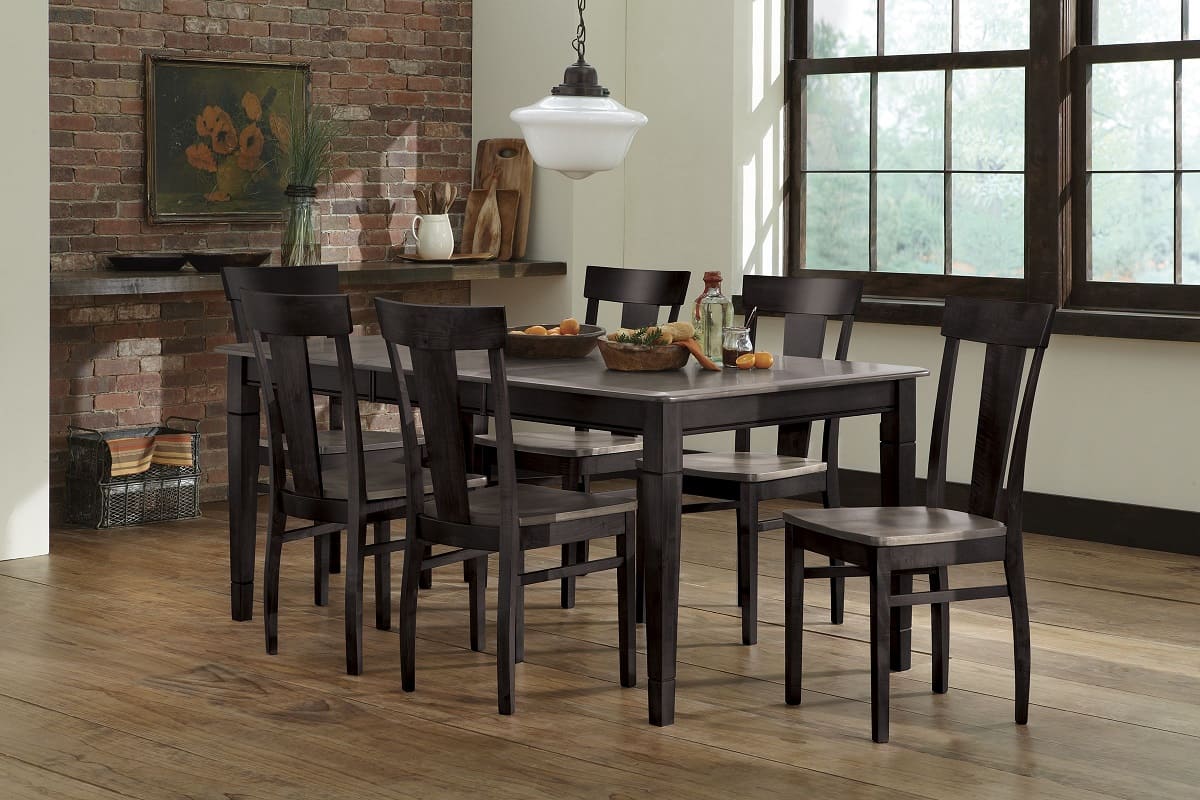
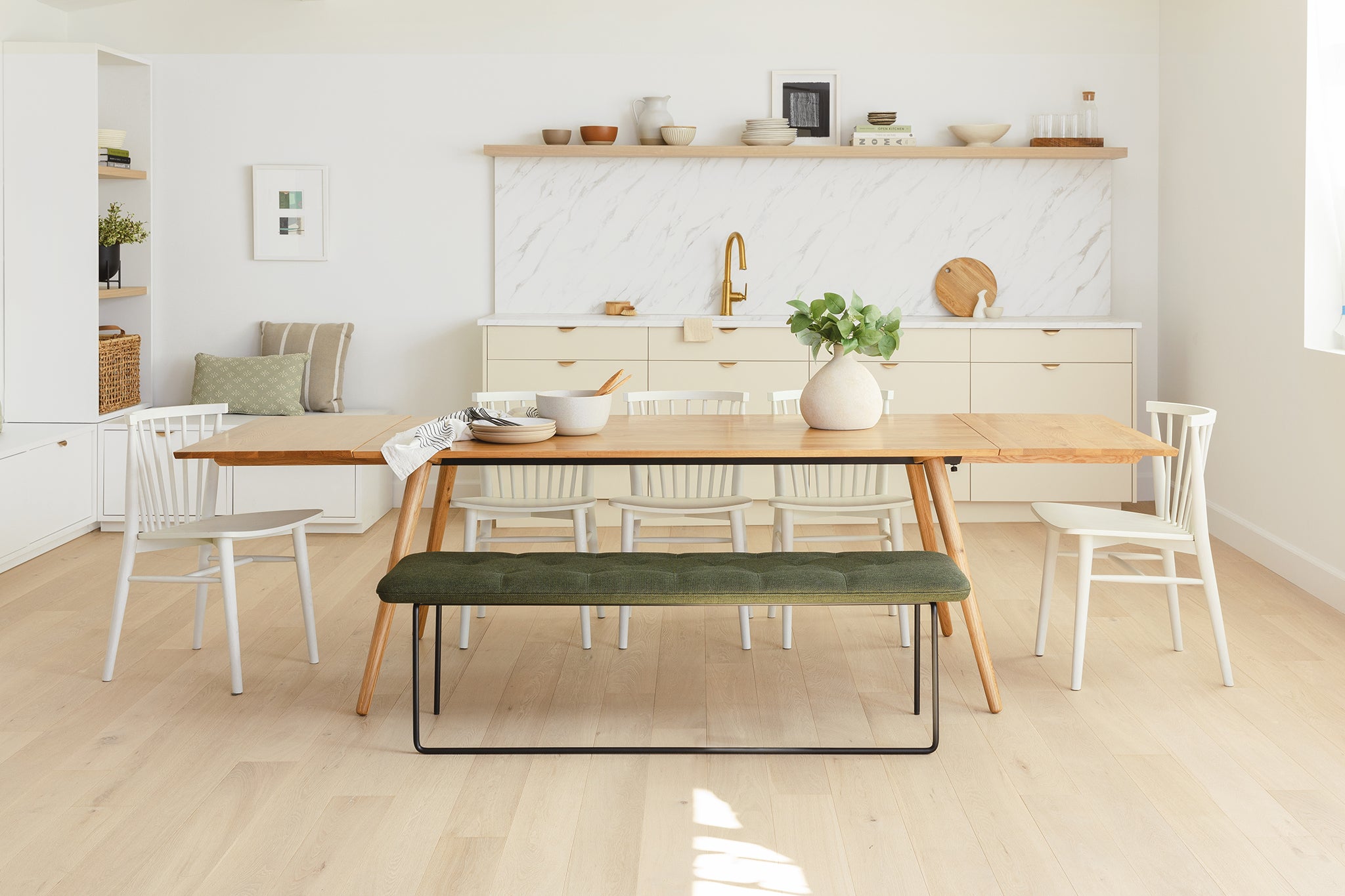
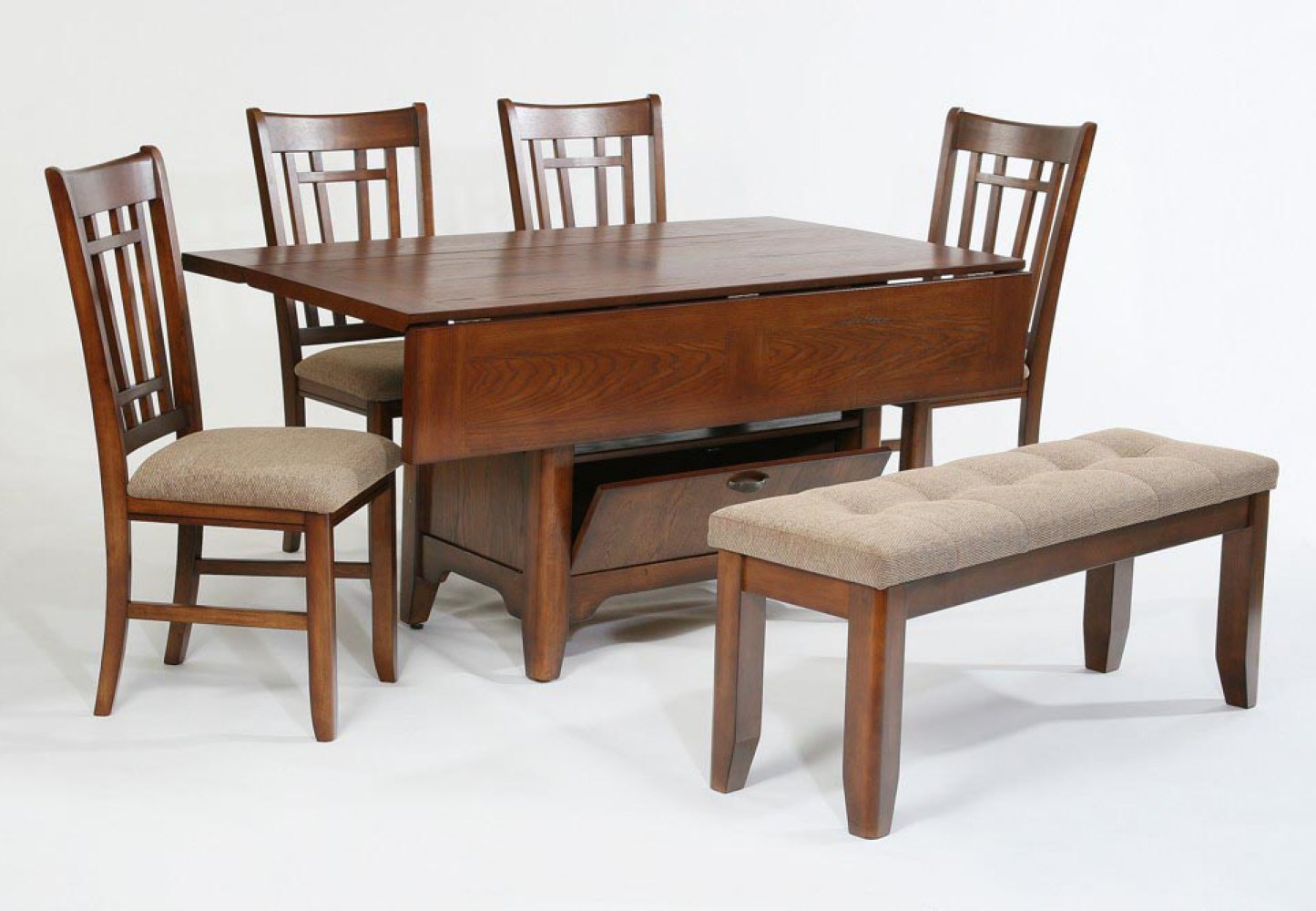
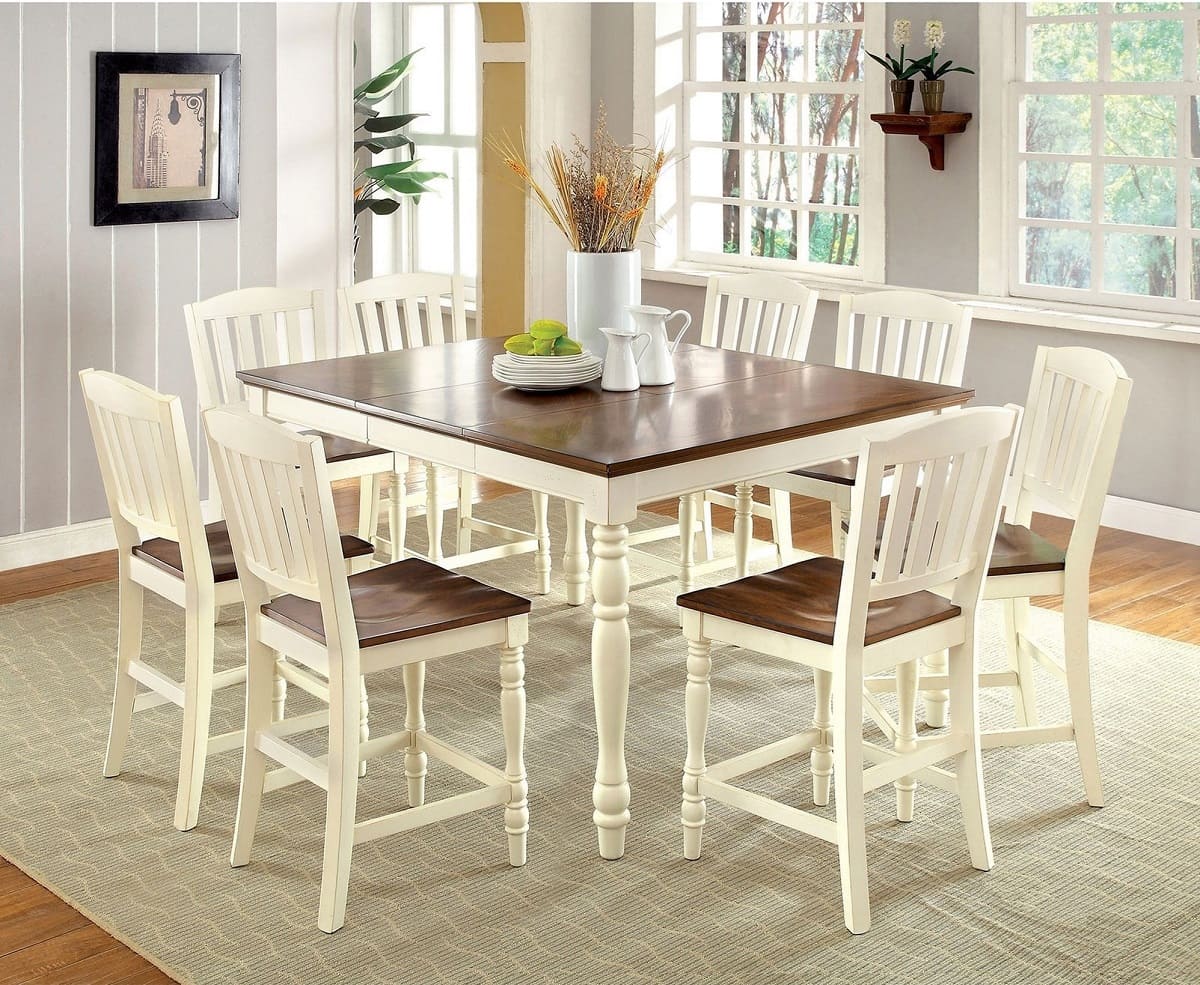
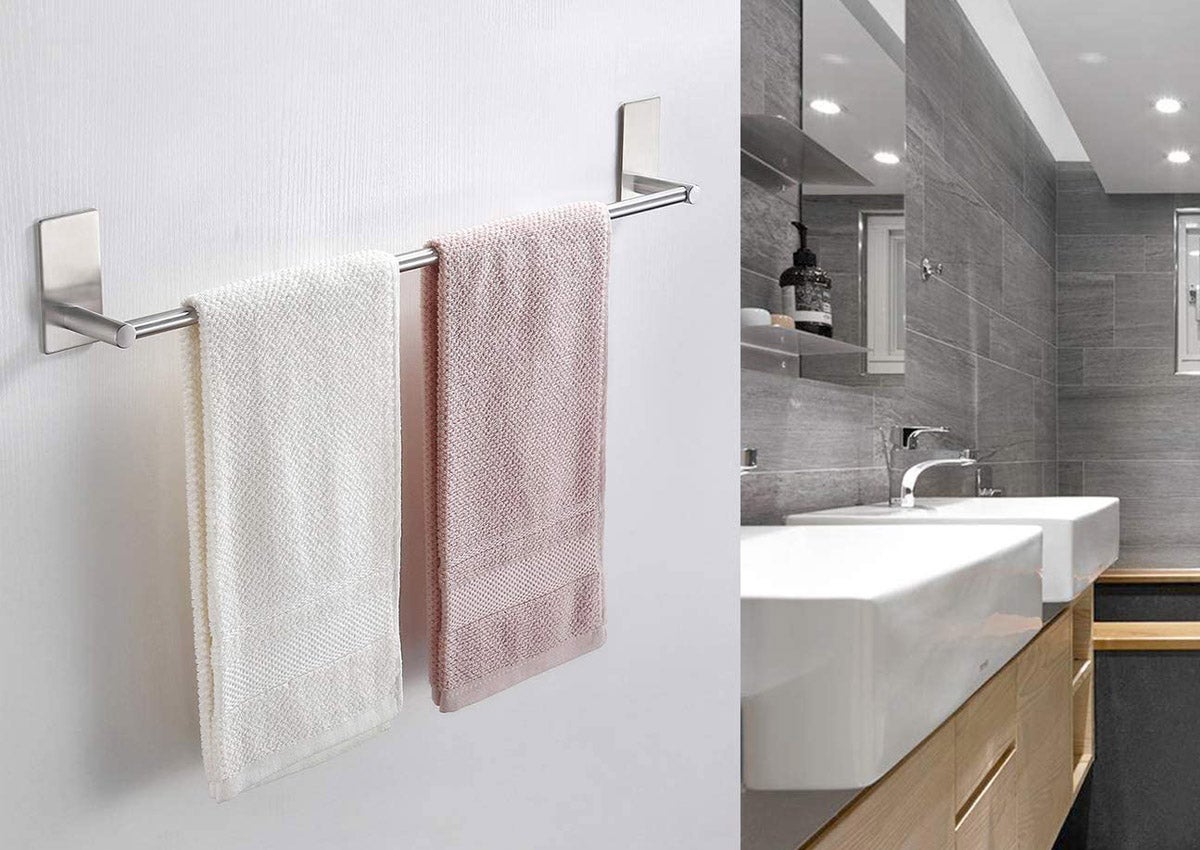

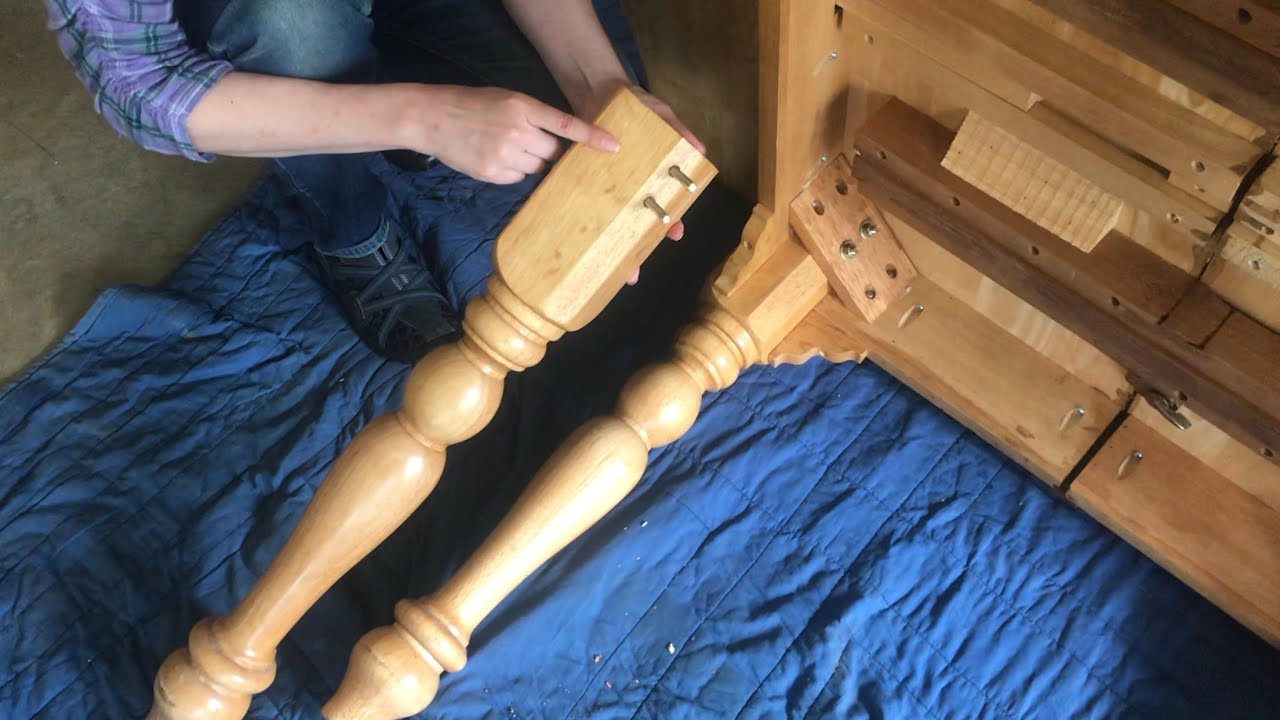
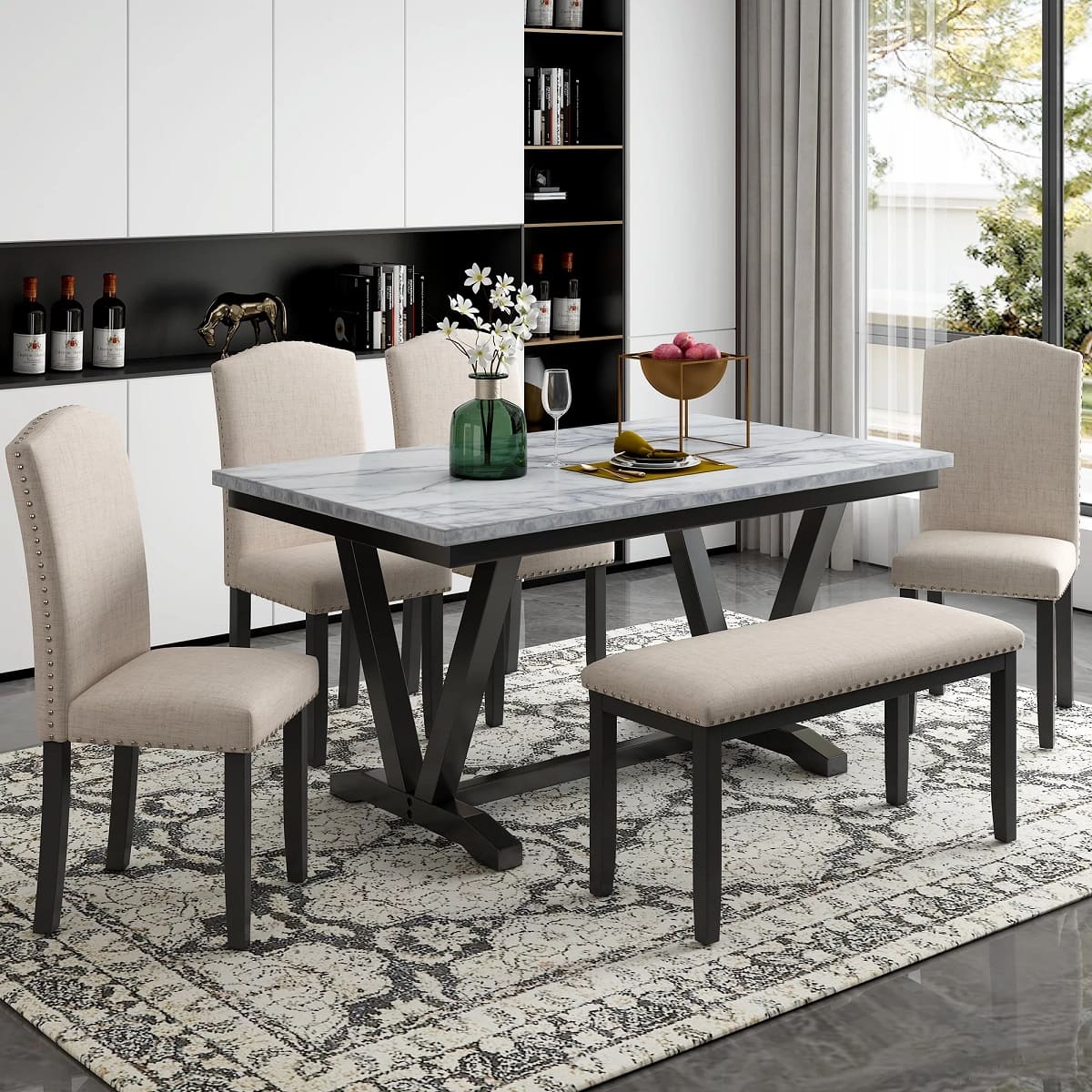
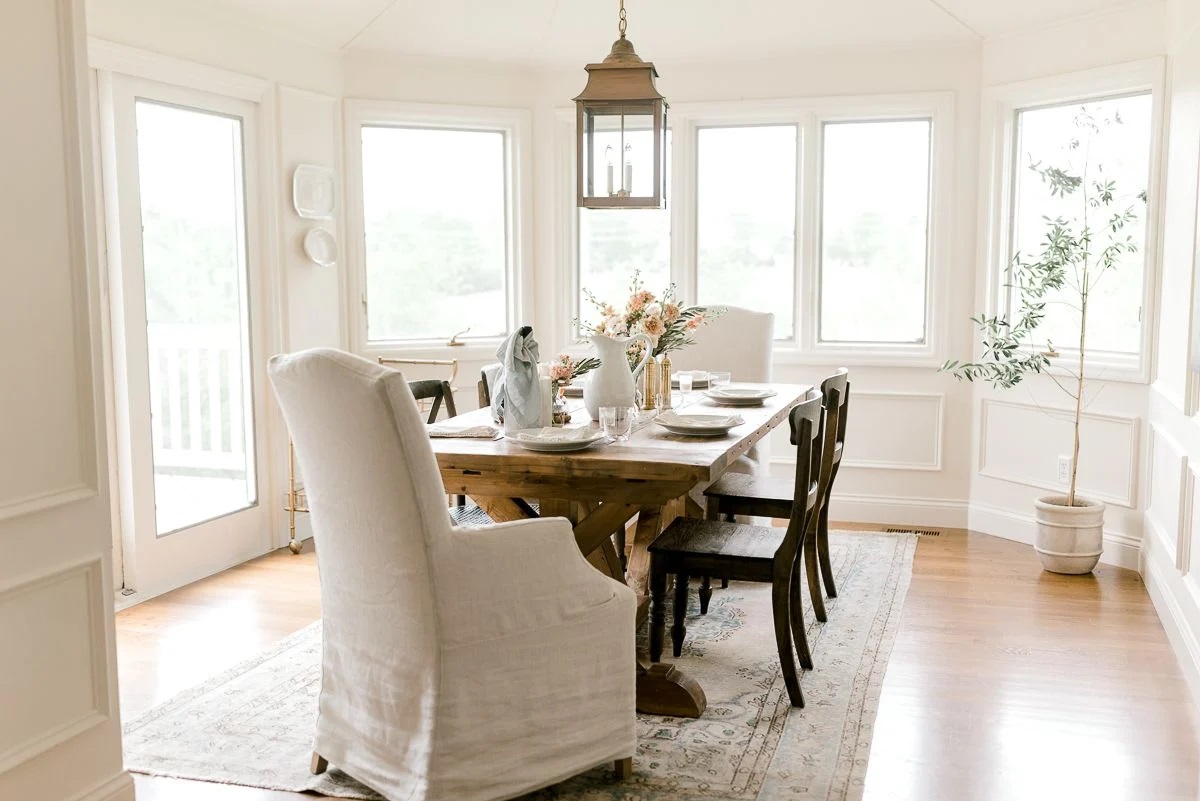
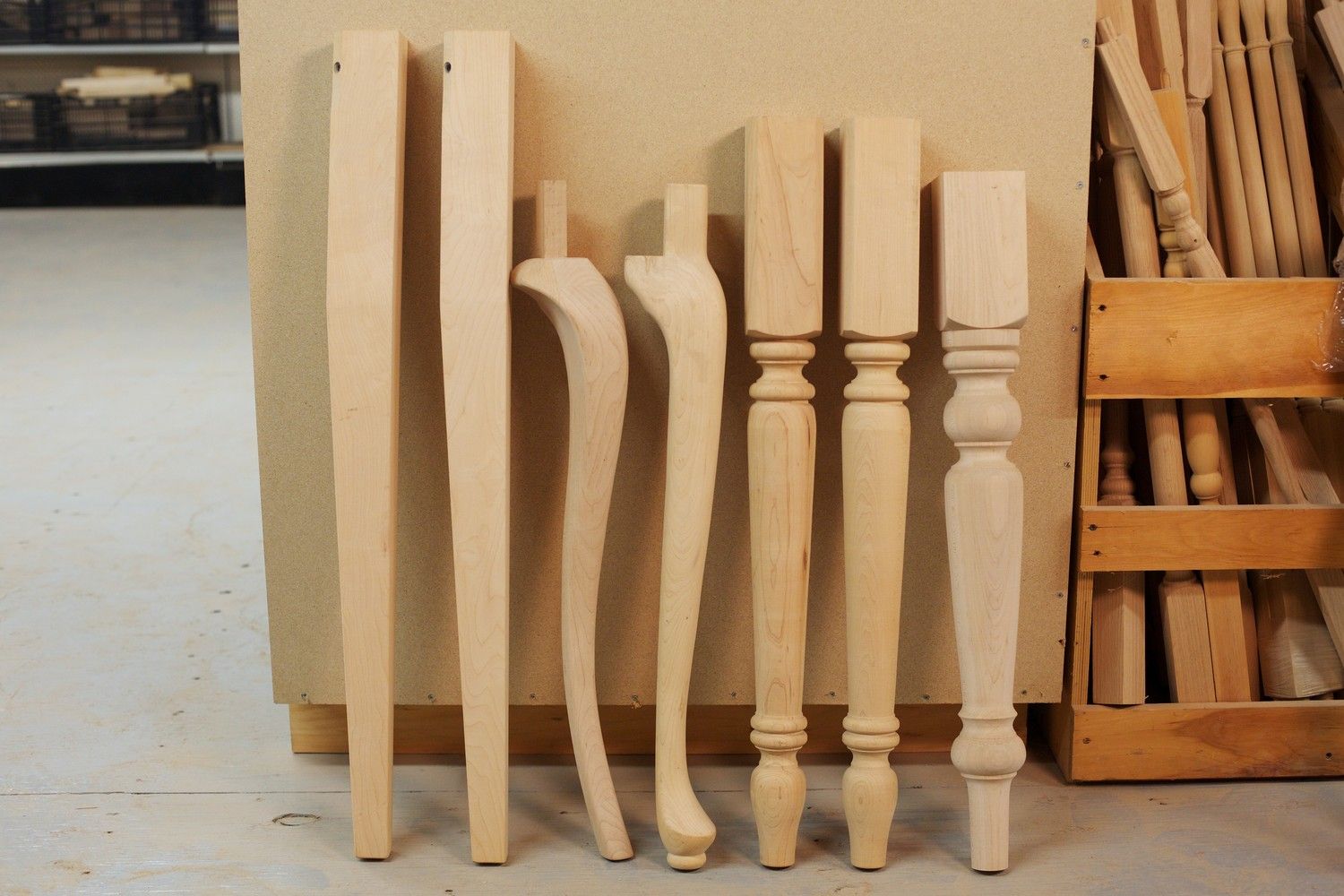

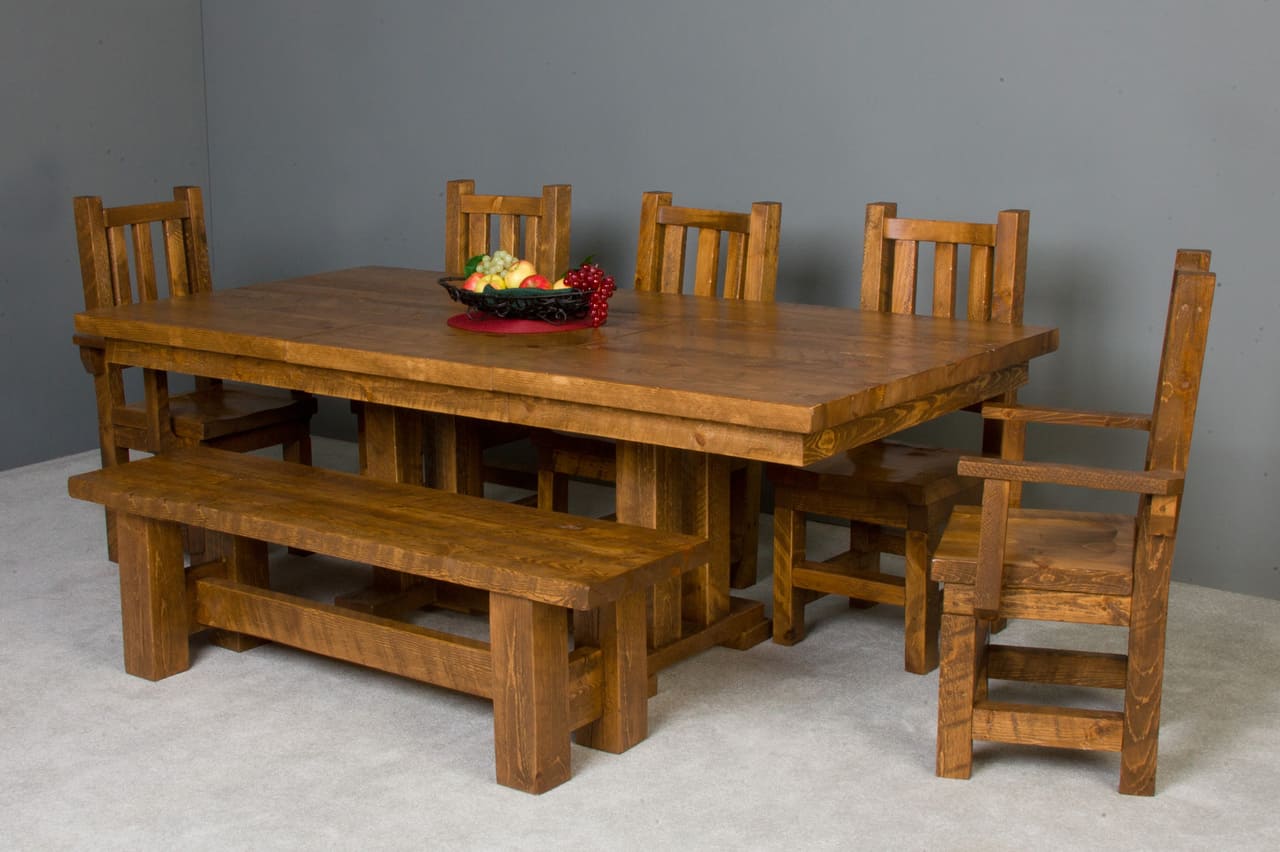

0 thoughts on “What Is The Standard Length Of Dining Table Legs?”